
In new memoir, CIA expert shares interviews he conducted with CIA paramilitary officers who spilled the beans about CIA drug trafficking along with other major crimes.
In 1991, during the 1st Persian Gulf War, investigative journalist Douglas Valentine traveled to Thailand and interviewed a group of legendary CIA officers who had helped run the secret war in Laos and other clandestine operations in the Indochina Wars.
Among them was Anthony Poshepny (aka Tony Poe), the prototype for Colonel Kurtz in Francis Ford Coppola’s epic 1979 film Apocalypse Now—a covert warrior who went off the deep end and established a secret jungle enclave where enemy body parts were displayed.[1]

Now 66, Poshepny lived at the time in a big, beautiful home in a fancy neighborhood in Udon Thani, Thailand, home of a major U.S. air base during the Indochina Wars used for carrying out secret bombing missions over Laos.
Poshepny owned a lumber and security consultant business and a sugar and tapioca farm; he was considered around town to be a friendly guy but a belligerent drunk.

Poshepny’s father had been a naval officer and he had become desensitized to violence serving with the Marines in the Battle of Iwo Jima during World War II.
During a meeting with Poshepny, who suffered from diabetes and cirrhosis from years of heavy drinking, Valentine noticed that he was missing two middle fingers. Poshepny also liked to tell obscene jokes.
He told Valentine that he was proud of things he had done with political implications, notably his involvement in a failed CIA coup against Indonesian socialist leader Sukarno in 1958, where he and CIA officer “Pat” Landry supplied mutinous military forces in oil-rich Sumatra with M16s and thousands of rounds of ammunition. “It was an adventure,” Poshepny said.
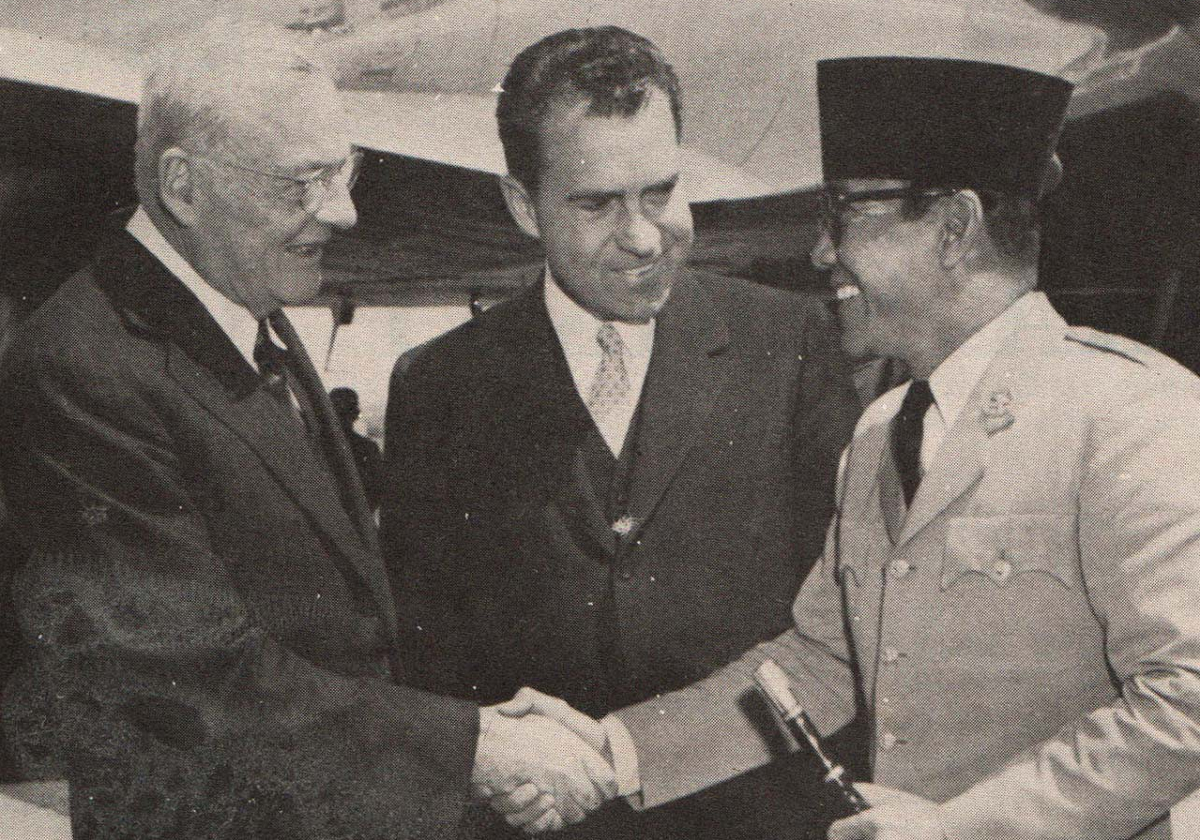
Poshepny, around the same time, told Valentine that he had created a guerrilla army in Thailand to try to destabilize Cambodia, which was then ruled by neutralist Prince Norodom Sihanouk, who was seen as too friendly to the North Vietnamese communists.

After Cambodia, Poshepny went on to Tibet, where he was awarded a coveted intelligence medal for his role in a CIA operation to support the Dalai Lama and recruit his supporters into a guerrilla army that waged war against the People’s Republic of China (PRC).
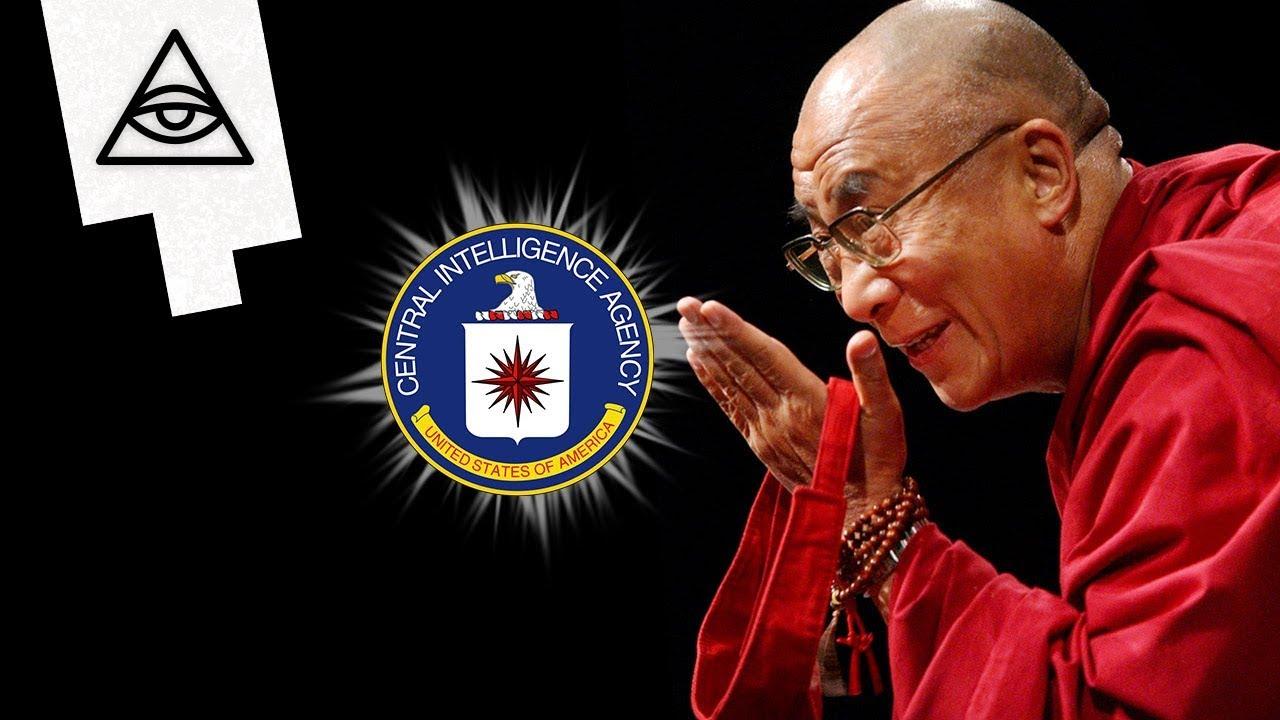
During the Korean War (1950-1953), Poshepny worked under station chief John Hart[2] in South Korea, training guerrillas and running operations up the eastern coast to the Soviet border near Vladivostok.
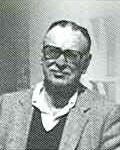
Subsequently, he was sent to Thailand with Hart—whom a colleague described as a “guy who has strong criminal tendencies—but was too much of a coward to be one [a criminal].” Poshepny worked under the cover of Sea Supply (a military contractor run by OSS veteran Willis Bird) with the Thai Border Patrol Police (BPP) in Chung Mai.
In 1961, Poshepny was sent to Laos where, for the next 12 years, he helped run the CIA’s secret war. The CIA financed a mercenary arm of Hmong guerrillas who served as cannon fodder in the fight against the pro-communist Pathet Lao.
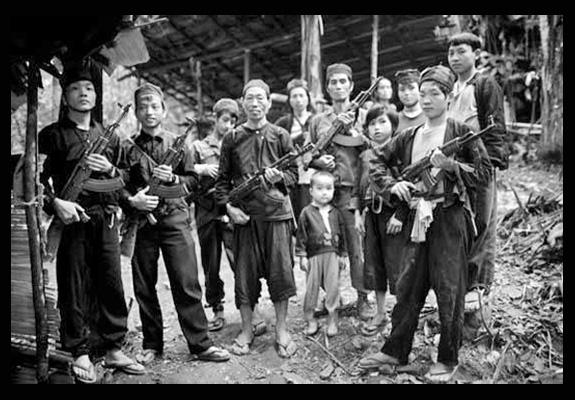
Poshepny told Valentine that he was “not proud of his service in Laos.” For one thing, he said that he “chopped up a lot of prisoners.” He and his friends would line up three prisoners, wrap cord around their necks, and then blow the heads off the first two prisoners as an inducement to get the last guy to talk.
Poshepny was one of the CIA liaisons to Vang Pao, a leader of the ethnic Hmong. The CIA molded them into a guerrilla army to fight the communist Pathet Lao after the Royal Lao army proved unable to fight. Poshepny said that Vang Pao “was a bastard who should have been arrested for extortion,” as he was “pocketing” CIA money.
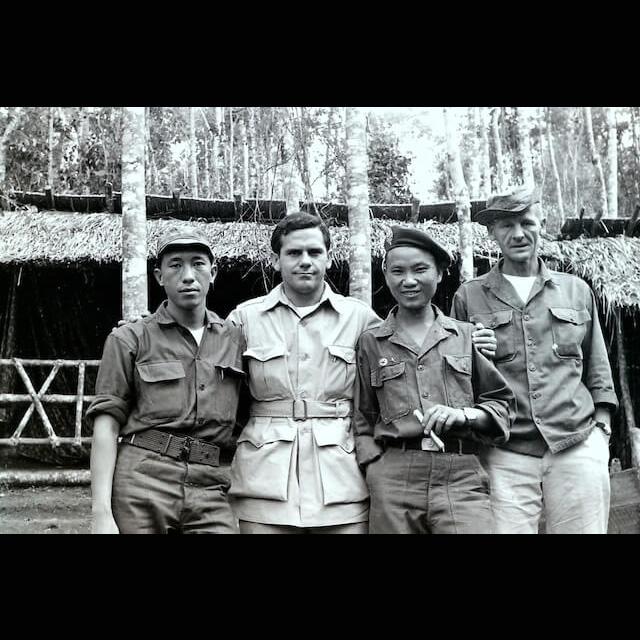
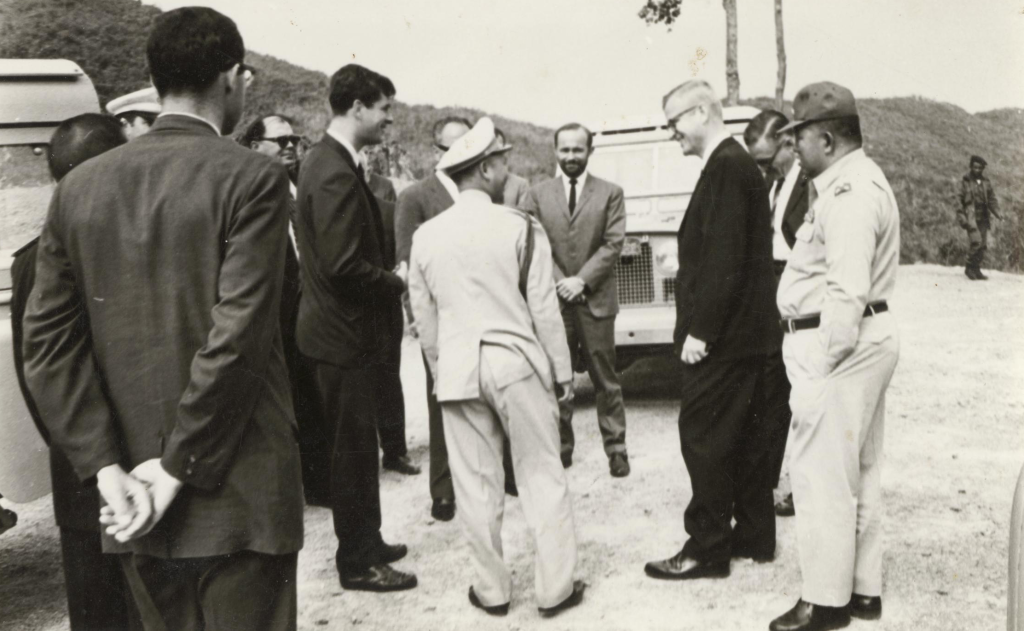
Poshepny added that he “paid the Meos [Hmong] directly for three years” but that, when Vang Pao got control of finances in 1965, he “cut salaries by fifty percent. He said he needed the money for supplies and air transport, but put most of it in his pocket.”
Poshepny continued: “Through his underlings, Vang Pao was selling guns to [Burmese] drug trafficker Khun Sa and his boss Li. We were penetrated by crooks.”
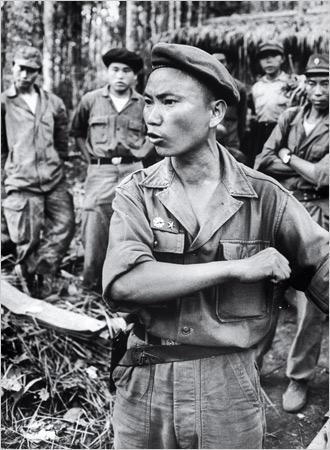
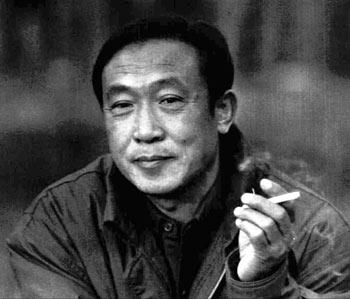

Poshepny noted further that, when he tried to discipline one of the underlings, Vang Pao promoted him. “And the bastards in Bangkok” (meaning the commander of the U.S. Military Advisory Group, Major General Richard G. Stilwell, CIA Station Chief Robert “Red” Jantzen, and Ambassador Graham Martin) “didn’t back me.”[3]
According to Poshepny, Vang Pao “made millions dealing drugs,” drove a Mercedes-Benz and “enjoyed the high life at his villa in Vientiane, where he a made illicit deals under the gaze of CIA officers. The CIA even gave him his own D-3 with a crew of KMT [Chinese Guomindang] mercenaries that flew narcotics to cash customers around Southeast Asia.”
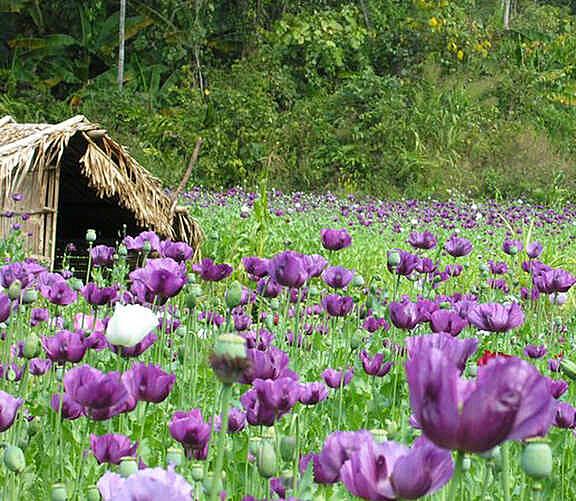
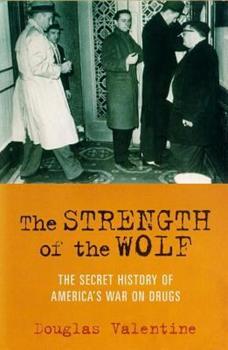
Valentine had previously reported in his book, The Strength of the Wolf: The Secret History of America’s War on Drugs (Verso, 2004), that Federal Bureau of Narcotics (FBN) officer Bowman Taylor had busted Vang Pao in 1963 for drug smuggling in the Laotian capital, Vientiane, during an undercover sting operation.
Taylor told Valentine that, after he made the case on Vang Pao, he was thrown out of Laos as a result. The CIA in turn “gave Vang Pao back his Mercedes-Benz and fifty kilos of morphine base. I wrote a report to FBN Commissioner Henry Giordano, but when he confronted the CIA, they said the incident never happened.”[4]
In his interview with Valentine, Poshepny described the arrangement by which “the KMT managed, from Nam Yu, units in Burma that sent spies into China. In return, the CIA allowed the KMT to traffic in narcotics.”
According to Poshepny, “wet-wing C47s (with auxiliary tanks) flown by Taiwanese pilots” with Chinese technicians on board “would fly for thirteen hours out of (the Thai-Laos border town) Houei Sai with opium packed in Styrofoam drums and free drop them into flaming T’s in the Gulf of Siam. Receivers would gather the floating drums into boats (one was equipped with machine guns, a 40mm cannon, and the latest radio equipment) bound for Taiwan where the opium was processed into heroin and sold to traffickers in Hong Kong for sale in America.”
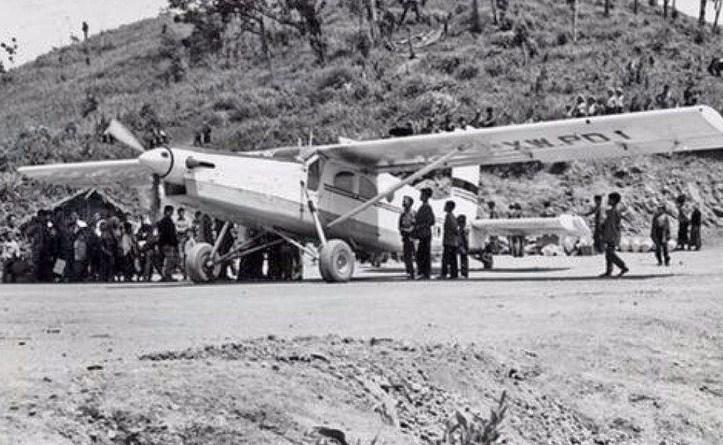
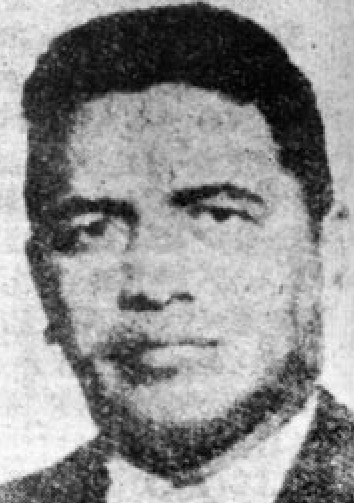
Poshepny said he knew it was wrong for America’s allies to sell U.S. government weapons on the black market and for the CIA to engage in drug trafficking. He wanted everyone to know, and he told anyone who would listen.
According to Poshepny, CIA officers who worked with Vang Pao directly oversaw and profited from the drug trade. Laotian CIA Station Chief Ted Shackley’s “pet from Miami,” David Morales, for example, “built a castle in Pakse from drug money.”[5]
Poshepny also told Valentine that the huge campaign to publicize the search for American prisoners of war in Vietnam, Laos and Cambodia after the war was a “CIA psychological warfare operation that provided a cover for CIA efforts to track and try [to] assassinate 55 U.S. deserters who had escaped from military prisons, mostly Negroes and Hispanics guilty of fraggings, and had gone into tunnels and onto farms with the Vietcong.”
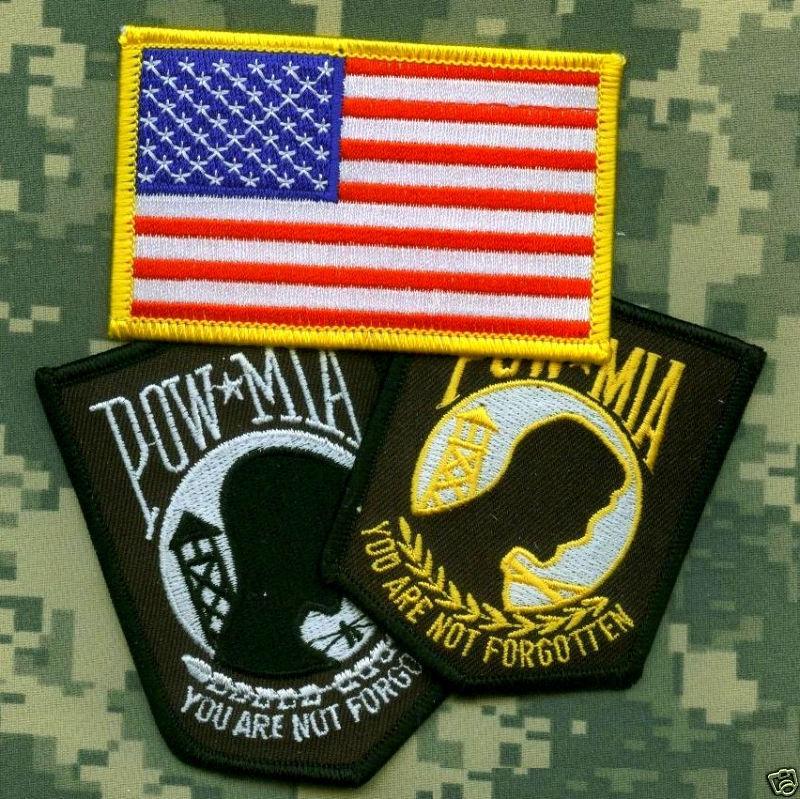
The CIA used the MIA-POW mission, Poshepny said, “as a cover to gather intelligence and conduct its manhunt [in Indochina].”
American Pisces
Valentine’s interview with Poshepny is one of the highlights from his new memoir, Pisces Moon: The Dark Arts of Empire (Walterville, OR: Trine Day, 2023).
The book in essence recounts Valentine’s journey of discovery—as if in a Joseph Conrad novel—about the dark side of the U.S. empire.
Valentine’s political awakening occurred at the age of fourteen on the day JFK was assassinated when he told his father excitedly that they had caught the culprit. Douglas Valentine, Sr., responded in a rather kindly voice: “The guy they got didn’t do it, Doug. You can count on that.”
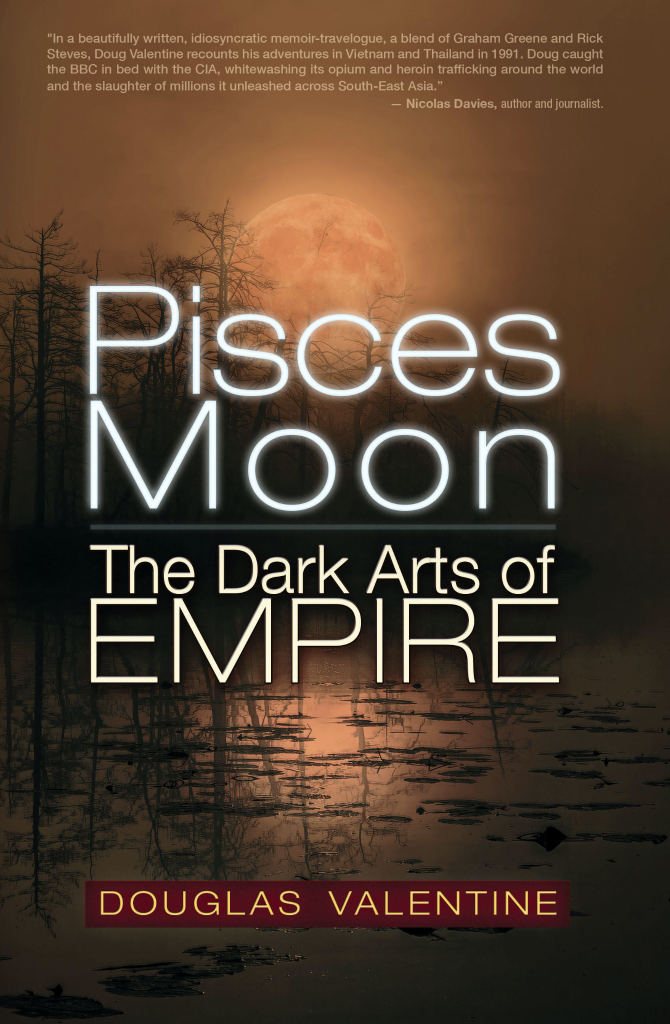
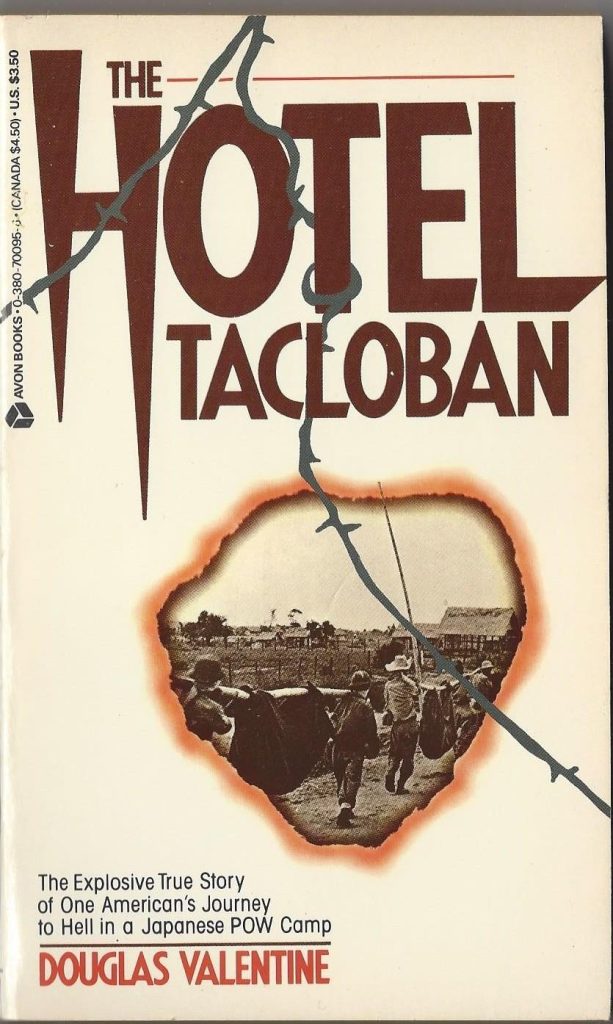
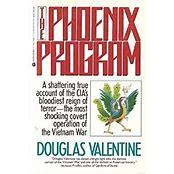
Valentine’s first book, The Hotel Tacloban (1987), told the story of his father, whose Army records were doctored in order to cover up a mutiny that took place in the POW camp where he was detained during the Pacific War in the Philippines. The rest of his unit had been wiped out on a secret U.S. Army mission in New Guinea.
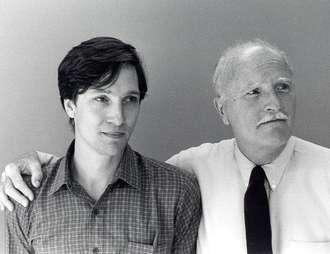
Former CIA Director William Colby read The Hotel Tacloban and gave Valentine “the keys to the CIA kingdom”—top-secret documents and access to CIA veterans who participated in the Phoenix Program in South Vietnam, which Colby ran.
Phoenix was a counter-terror operation designed to wipe out the leadership of the National Liberation Front (NLF—South Vietnam resistance organization to U.S. invaders) that resulted in the deaths of tens of thousands of civilians.
Published in 1990, Valentine’s book exposed the murderous methods of Phoenix, which later guided the Department of Homeland Security during the age of the War on Terror. William Colby, whom Valentine characterizes as a “homicidal maniac,” said that Phoenix was also a model for the 1965-1966 Indonesian massacres, where more than one million suspected communists were killed, many of them identified by CIA blacklists, after a CIA-backed coup.
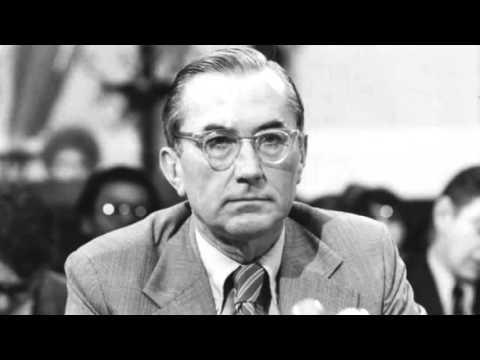
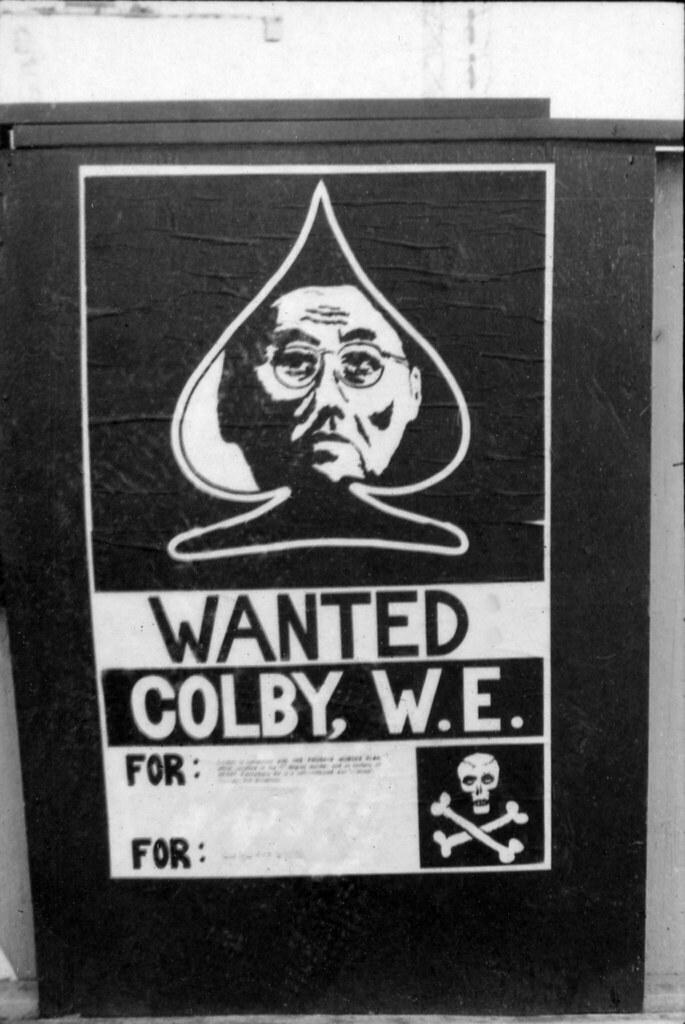
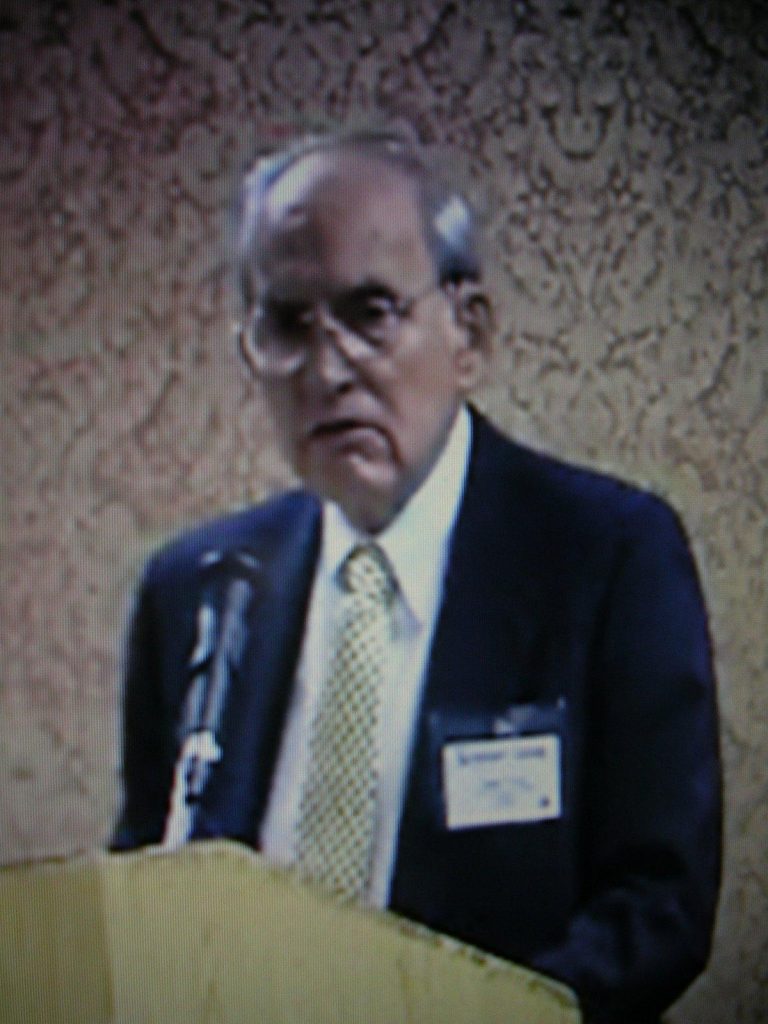
The CIA Station Chief at the time, Hugh Tovar, also helped run the secret war in Laos.
In the 2000s, Valentine published a two-part history of the CIA’s complicity in the drug trade—The Strength of the Wolf and The Strength of the Pack—and another book entitled The CIA as Organized Crime.
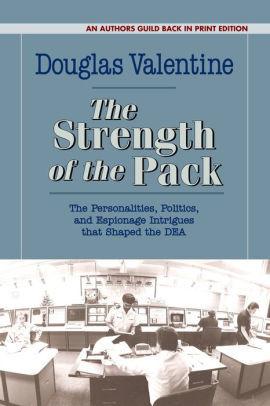
Pisces Moon provides some key back story and further rich insights into the workings of the CIA. After years of research, Valentine came to the realization that the CIA was the dark shadow of the U.S.: Its officers fit with the observation of English writer D.H. Lawrence that “democracy was a sort of by-play” and that “the American soul is hard, isolate, stoic, and a killer.”
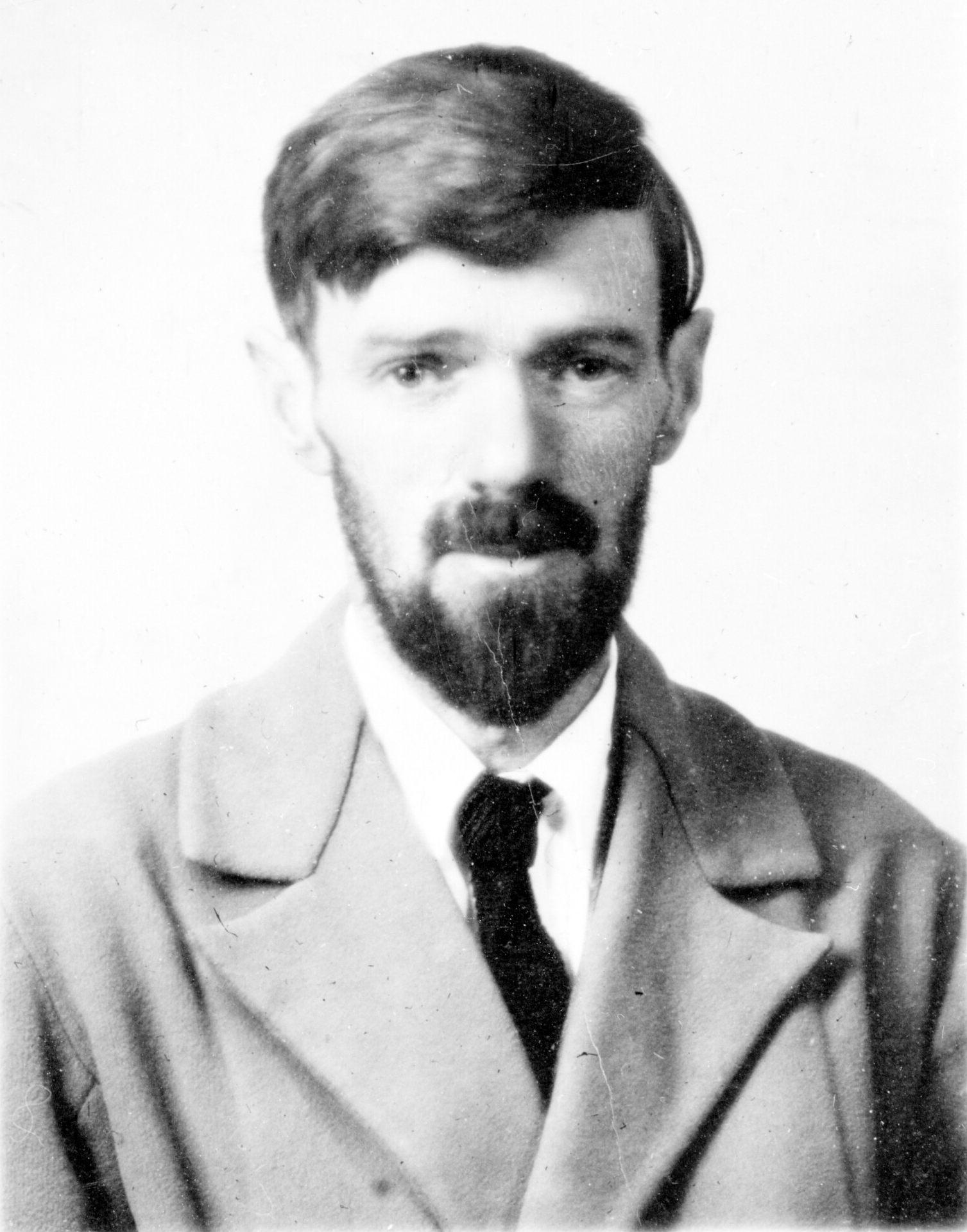
One OSS officer told Valentine about a scenario where an eight-year-old boy was found listening to a secret meeting, and the OSS men knew what they had to do—because otherwise he could give away their plans to the enemy.
Many of the CIA officers who Valentine came across were outright psychopaths who had found in the CIA a way of attaining social respectability and making a good living while engaging in a life of crime.
Contrary to popular illusions cultivated in Hollywood films, the craft of intelligence, Valentine tells us, is not a noble one.
Agents lie and deceive on a daily basis. They amass information so that the U.S. government—following the precedent of previous colonial powers like Britain, which it learned from—can manipulate people, and in many cases destroy them, like it did with the Hmong in Laos.
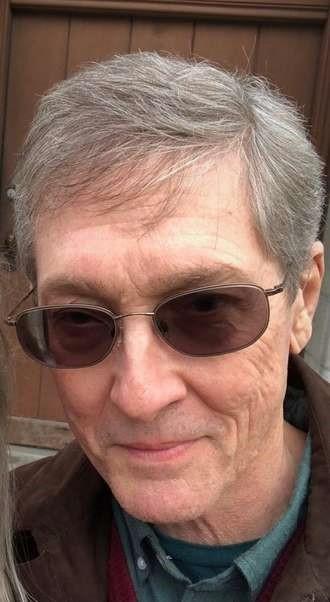
Interviews with More Legendary Spooks
Valentine’s memoir is most riveting when he recounts the interviews that he carried out with CIA legends who ran secret operations during the Indochina War.
Among them was Jack Shirley, who coordinated training of the Thai Border Patrol Police and Police Aerial Reconnaissance Unit (PARU), oversaw creation of an unconventional warfare center in Thailand, served a tour in Vietnam, worked with Vang Pao in Laos, and ran Khmer mercenaries into Cambodia in an attempt to destabilize Prince Sihanouk’s neutralist government.
Characterized by Poshepny as a “cocksucker,” Shirley was hostile to Valentine when they met at a bar in Bangkok’s famous red-light district. Valentine described Shirley as “physically repellent; short and fat with a long nose that nearly touched his upper lip. The more he drank, the more he ranted about how liberals, the media and the peace movement lost the war.”
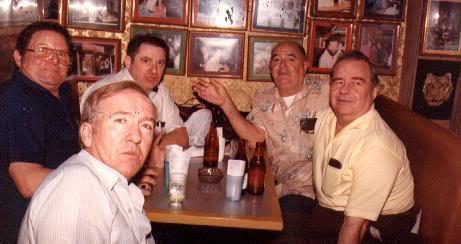
When Valentine asked Shirley about CIA drug smuggling, Shirley sat back, glared at him and said, “I knew that’s what you were after. The conversation ends here,” adding: “Why are you biting your lower lip? You’re not so tough now, are you? Buy me a beer, then go.”
To Valentine, Shirley embodied a macho Christianity and racist imperialist worldview that led ultimately to the election of Donald Trump.
Valentine wrote that “a famous writer once described spies as ‘a bunch of seedy, squalid bastards—little men, drunkards, queers, henpecked husbands, civil servants playing cowboys and Indians to brighten their rotten little lives.’ Shirley pretty much fit the bill.”
Valentine had a friendlier interview in Chiang Mai with William Young, a CIA paramilitary specialist who had run intelligence operations into China while working with Hmong guerrillas in the Laos secret war.
Young’s brother Gordon was also a CIA officer who worked undercover in Laos as a narcotics officer and was sent to Con Son prison in South Vietnam to make sure that political prisoners being held in the infamous Tiger Cages did not build any escape tunnels.
The brothers had grown up in a missionary family in Burma and spoke Lahu, Wa, Shan and Yunnan Chinese. They set up a radio post on mountaintops outside Chiang Mai so they could communicate with KMT assets and with their father helped facilitate the indigenous and KMT drug trade beginning around 1951.
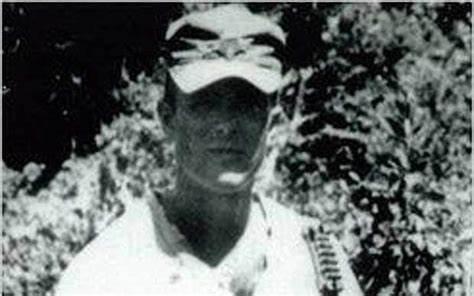
Young told Valentine about how opium caravans would leave Laos and hook up with small groups of low-level Lahu, Wa and Shan waiting inside Burma, which penetrated at times 200 miles into China.
When asked to assess the drug war, Young said that the U.S. effort in Laos was implemented through Thai military intelligence, which put the Thais in position to act as middlemen in the drug trade. Young also mentioned Robert “Dutch” Brongersma as the pilot who oversaw CIA involvement.
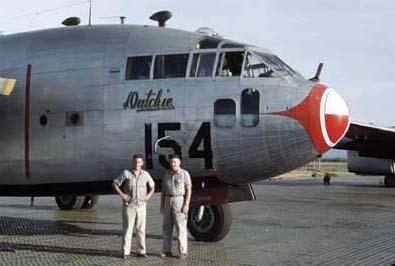

When Valentine asked Young about Corsicans, Young said that Corsican brothers at Le Concorde Restaurant in Vientiane ran drugs with General Ouane Rattikone, Royal Lao Army chief and a CIA asset, until the 1967 opium war and the start of the Cultural Revolution in China, after which Rattikone consolidated the business.
The CIA gave Rattikone free passage because he was in contact with people in the People’s Republic of China (PRC), and because PRC agents had penetrated the KMT. Rattikone’s Chinese commercial agent in the drug (and thus spy) business, Mr. Heng, was instrumental in this arrangement.[6]
Vang Pao was meanwhile given his own private airline so he could ferry opium from the CIA secret base at Long Tieng on the Plain of Jars to South Vietnam where it was cooked into heroin by a Chinese chemist operating under Rattikone’s protection.

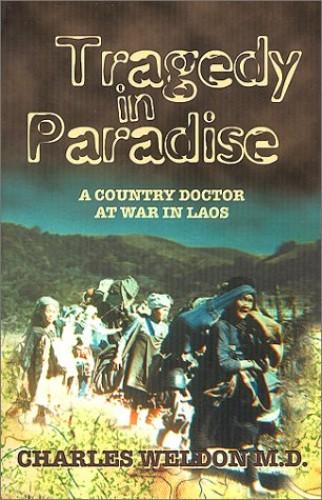
The Biggest Untold Story of the Secret War
Yet another interesting interview that Valentine conducted was with Dr. Charles Weldon, a country doctor from Louisiana and World War II veteran who worked for the CIA in Laos under cover as a USAID administrator, serving as chief of the Ministry of Public Health in Vientiane.
Dr. Weldon had worked in Laos with Dr. Tom Dooley, another CIA doctor whose book, Deliver Us From Evil (1956), falsely claimed that the Viet Minh had disemboweled thousands of Vietnamese women.[7]
Dr. Weldon blew Valentine away when he told him the big untold story of the secret war in Laos was the venereal disease infestation within the over-sexed CIA colony, the result of officers having unprotected sex with tribal women and then with each other’s wives. The wives would come to him for penicillin, begging for secrecy.
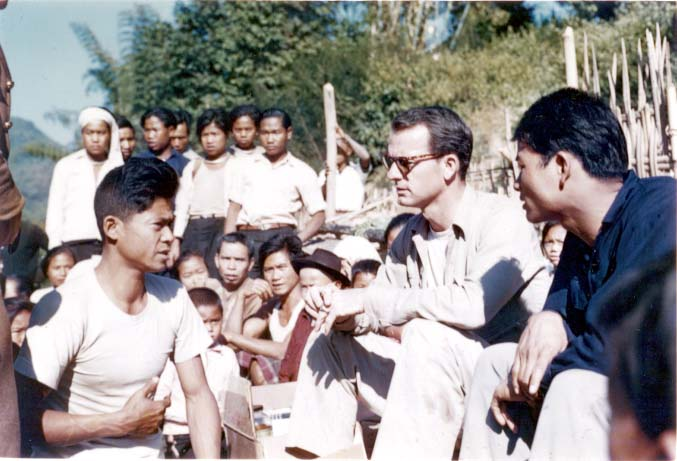
In the Company of Monsters
One interview that Valentine said made him nauseous was one he conducted with Thomas G. Clines, a CIA adviser to Vang Pao, who bragged about overseeing Phoenix-style operations in Cuba where anti-Castro commandos trained by the CIA used blowtorches to burn the faces off Communist mayors and cadres in rural Cuban villages.
Valentine was also sickened by interviews he conducted with “All-America war criminals” Theodore Shackley, the CIA Station Chief in Laos in the mid 1960s, who had a photo on the wall of his Alexandria, Virginia, office of the CIA’s secret Long Tieng base; and with Richard Secord, a key figure in the Iran-Contra affair, who had overseen the air war over Laos that killed thousands of rice farmers on the Plain of Jars and the 1972 Christmas bombing over North Vietnam that resulted in thousands more civilian deaths.
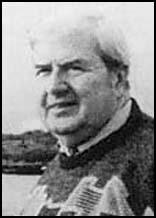
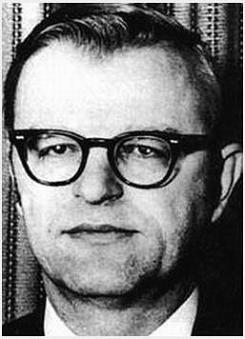
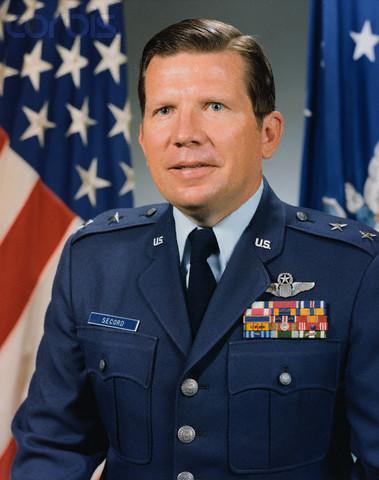
Valentine wrote that he developed a form of PTSD from being in the company of “monsters like [John] Muldoon, Shackley, Clines and Secord who were all proud of the horrors they visited upon Vietnam and Laos.”
Bad Karma of Empire
Valentine’s memoir provides an important “critical analysis of how Western imperialists impose their will on foreign nations,” with a “focus on the ‘dark arts’ of religious propaganda and CIA psychological warfare (psywar) and drug trafficking operations during the Cold War, and how they ultimately corrupted America—what William Burroughs, speaking about England in The Place of Dead Roads (1983), called “the backlash and bad karma of empire.”
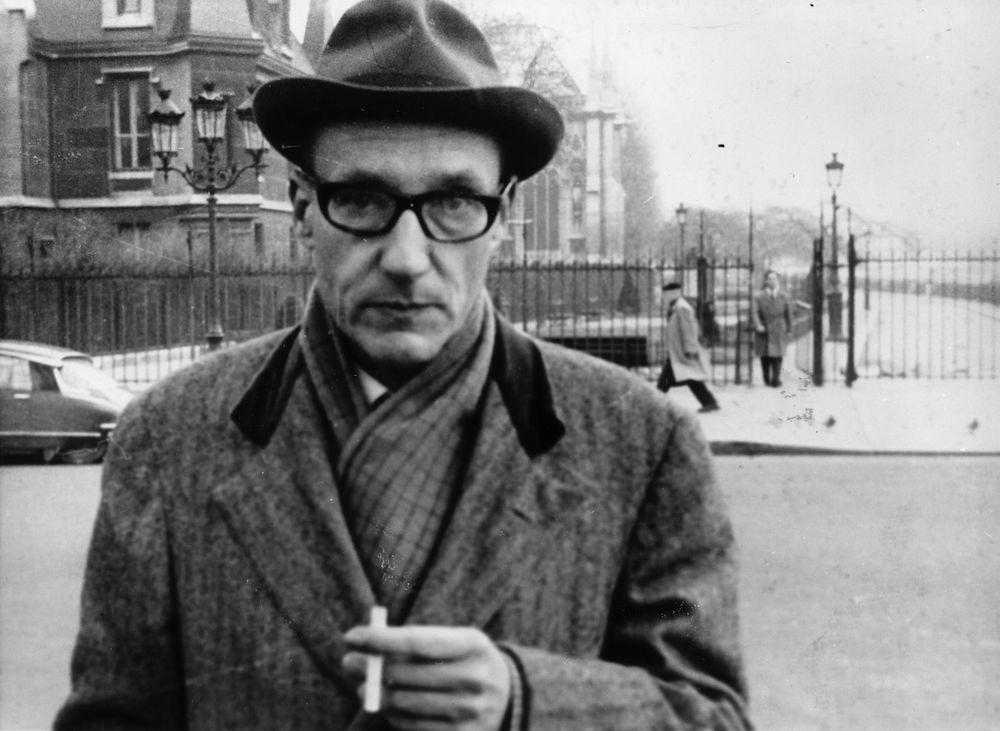
Valentine notes that the U.S. support for the regional drug trade went back to the 1920s when the Coolidge and Hoover administrations began supporting Guomindang commander Chiang Kai-shek (Jiang Jieshi) in China’s civil war with the Communists, despite Chiang’s alliance with Chinese Green Gang operatives Dai Li, the chief of Guomindang intelligence, and Du Yuesheng, the Asian Al Capone.

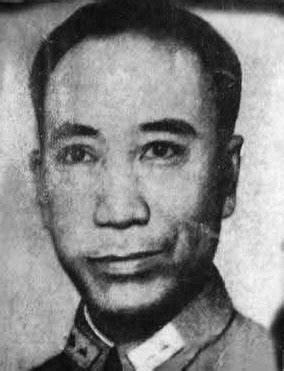

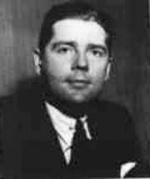
During World War II, OSS Detachment 101 allied with opium-growing tribes in Burma, including the Kachin, with whom future CIA Deputy Director of Plans, Desmond Fitzgerald, smoked opium as an initiation rite.[8]

When the KMT lost the Chinese civil war in 1949, the CIA helped set up Chiang and his son, Chiang Ching-kuo, as powerbrokers in Taiwan, which provided a regional base for CIA subversion. Journalist Sterling Seagrave identified Chiang Ching-kuo, who oversaw the KMT’s intelligence service in Taiwan, as a key man in the drug trade.
Additionally, remnants of the KMT army established a base in northern Burma, where the CIA oversaw the drug traffic and ran KMT agent networks into China in an attempt to sabotage and destabilize the People’s Republic of China (PRC).
Valentine writes that the “CIA was like a godfather, it provided for the earthly needs [of the KMT soldiers led by Generals Li Mi and Li Wenhuan and their families] and covered up its central role in the Golden Triangle drug trade.”
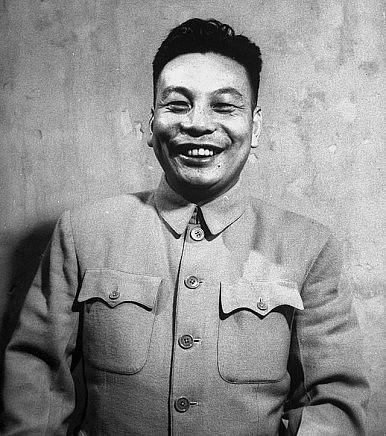
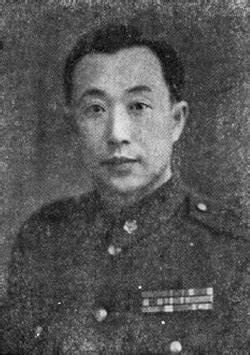
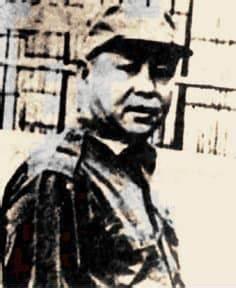
Valentine writes that KMT and U.S. mercenary pilots working for Civil Air Transport—the airline set up by Clare Chennault to ferry supplies to Chiang’s forces in the Chinese civil war that became known as Air America—flew opium back to Taiwan, from where it was sold on the world market.
Thailand also became a major center of CIA drug trafficking and anti-communist subversion after the CIA aided in the overthrow of nationalist Pridi Phanomyong, and imposed a mafia clique run by a collection of right-wing drug traffickers closely allied with the CIA.
Some of the key dirty work in fortifying the new regime was carried out by a renegade CIA officer, Willis Bird, and Paul Helliwell, who had set up a private military supply company (Sea Supply) that served as a cover for clandestine arms and drug smuggling by the CIA and its local friends.

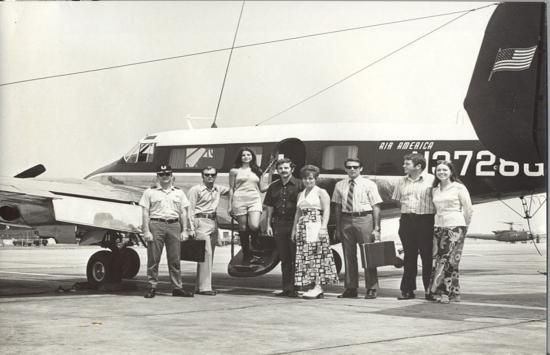
The latter included rogue police chief Phao Sinyanon, Prime Minister Thanom Kittikachorn, and Field Marshal Sarit Thanarat, the cousin of right-wing General Phoumi Nosavan, who came to power in a CIA-backed coup in Laos in 1959.
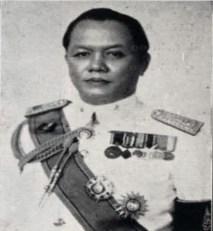
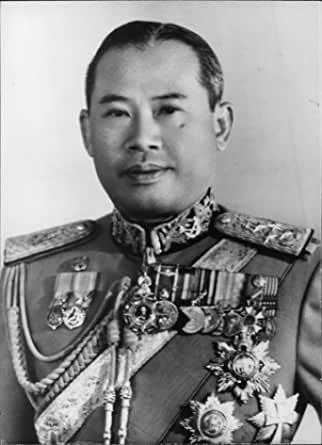
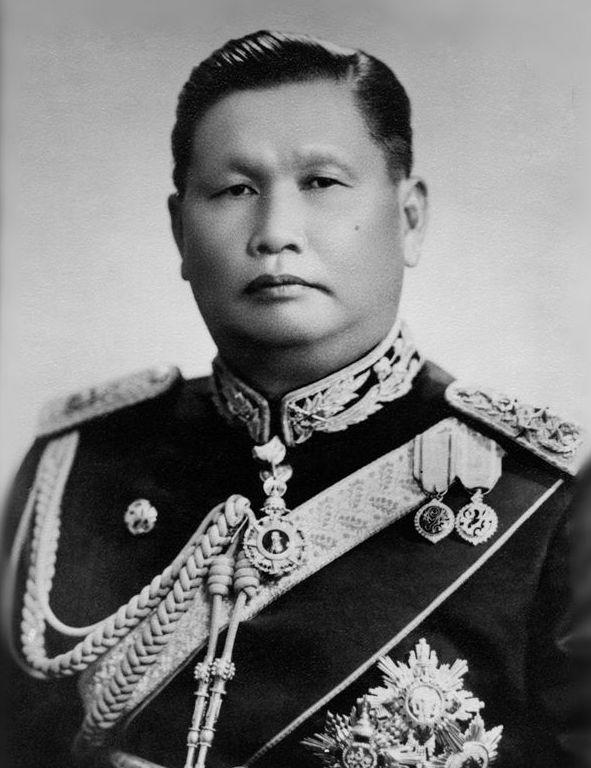
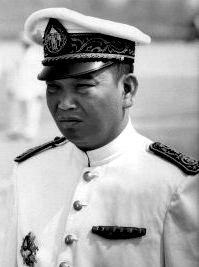
Field Marshal Sarit consented to the transportation of opium into South Vietnam, where the drug trade was controlled by generals allied to the Diem clique and CIA, including Ngo Dinh Nhu (South Vietnamese leader Ngo Dinh Diem’s brother), and Nguyen Cao Ky, a flamboyant Air Force officer who served as the Washington backed Prime Minister of South Vietnam from 1965 to1967.
These same venal officials were the ones to preside over massive carpet bombing campaigns, with the CIA assassinating any political candidate—like Quinim Pholsena in Laos—who advocated for peace.
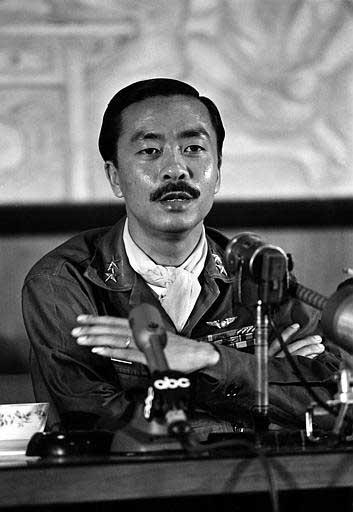
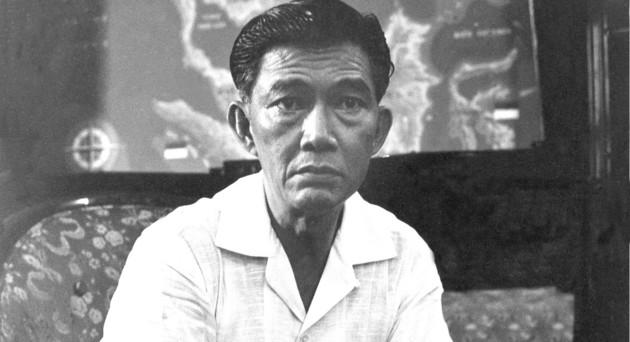
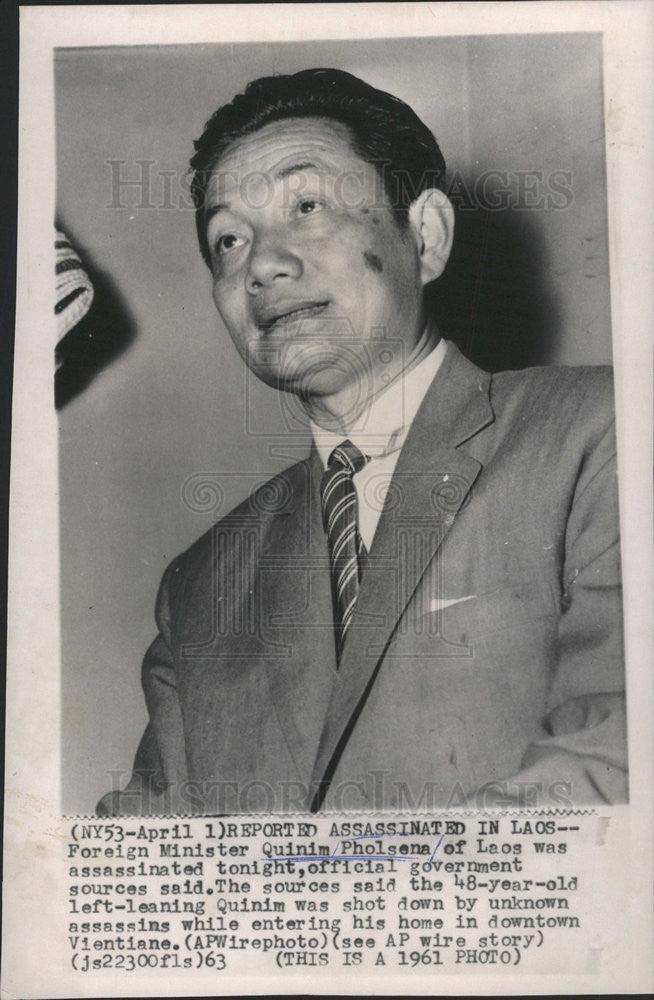
Perhaps the country worst affected was Cambodia, where the CIA backed a coup in 1970 and drove the peasantry crazy through a massive bombing campaign that fueled the rise of the Khmer Rouge.
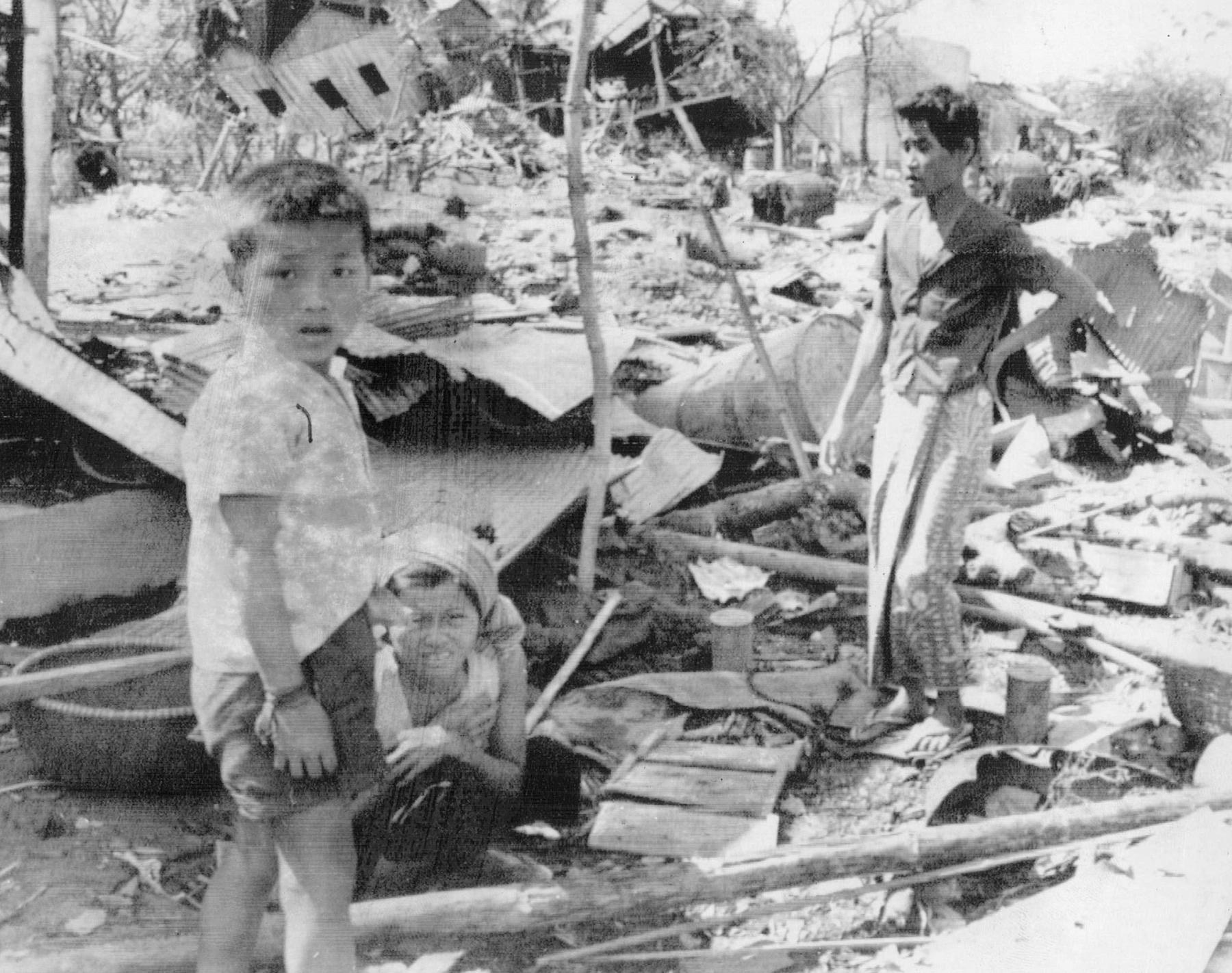
When the latter came to power in 1975 led by Pol Pot, they tried to force the peasants who had fled to the city back to the countryside to build a peasant utopia that turned in fact into a genocidal dystopia resulting in the torture and death of up to two million Cambodians from 1975 to 1978.
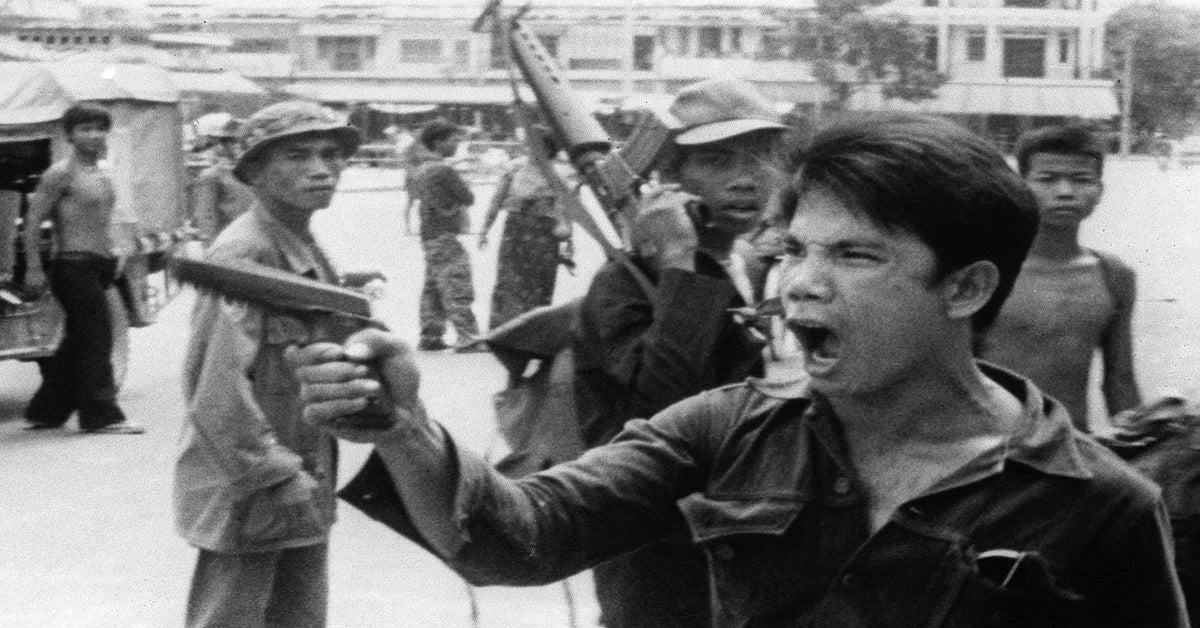
Amazingly, the CIA now backed the Khmer Rouge because of their hatred of the Vietnamese who liberated Cambodia in 1980 and imposed a proxy leader (Hun Sen) whom the CIA tried to overthrow.
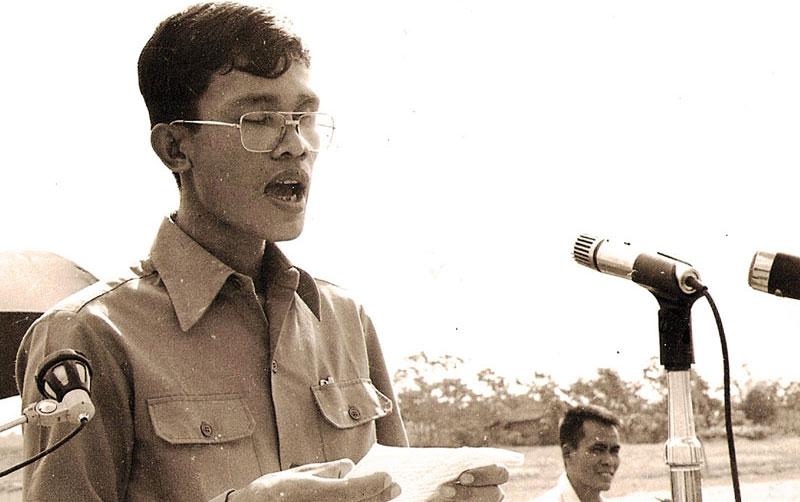
The CIA also in the 1980s tried to organize Hmong refugees in Thailand who had lost everything to reinvade Laos and overthrow the communist Pathet Lao who took over Laos in 1975 following the massive CIA bombing campaign.
Brimming with Hungry Ghosts
Valentine suggests at the end of his memoir that CIA and military propaganda—which valorizes U.S. soldiers who commit war crimes and indoctrinates the public in the ideology of American exceptionalism—is the root cause of the political corruption in the United States today and American neo-fascism embodied by Donald Trump.
Valentine tells a story about how the OSS recruited a Kiowa Indian and Japanese Nisei with connection to the leader of the Black Dragon Society, a paramilitary ultra-nationalist group, for a suicide mission into Nagasaki which was obliterated by the atomic bomb on August 9, 1945, along with 400 allied prisoners of war.
Valentine sees the mission as a parable for how U.S. intelligence agencies manipulate minority groups and use right-wing criminals—who are discarded or killed with little thought after their utility has run out.
This modus operandi fits a long trend in U.S. history going back to the Indian Wars and slavery, an inescapable part of the country’s DNA.
Valentine writes that the United States, like all of North and South America, is “brimming with hungry ghosts invisible to its militant Christian nationalists—the millions of indigenous people who were slaughtered and African-Americans who were enslaved and lynched.”
There are also the ghosts of millions of Southeast Asian peoples whom the same militant Christian nationalists believed were “better dead than red,” along with the millions of victims of the drug trade that the CIA oversaw through the Cold War.

-
In Richard Ehrlich’s obituary of Anthony Poshepny/”Tony Poe” in the Asia Times, Poe “…dropped decapitated human heads from the air on to communists and stuck heads on pikes.” According to his funeral announcement Poshepny was awarded two CIA stars, the agency’s highest honor, and two Purple Hearts. Bangkok’s Patpong Museum describes how Mr. Poe paid Hmong mercenaries to bring him enemy ears and heads to prove they killed communists. ”I threw two heads from an airplane, it was a Dornier plane,” Mr. Poe, laughing, told Ehrlich in his San Francisco home in 2001 before he died in 2003. “The heads landed right in that [Lao] bastard’s front door. We were flying at 100 feet.” “I had a bunch of heads in my hut and the blood was seeping through the floor. It was sticky. And [CIA officer] Bill Lair said, ‘Get rid of those goddamn heads,’” Mr. Poe said. Poe angrily sent ears in a bag to then-U.S. Ambassador G. McMurtrie Godley in Laos after being mocked as no threat to the enemy. ↑
-
A Bronze Star recipient as an army intelligence officer in World War II and graduate of the University of Chicago who received a Master’s degree in psychology from George Washington University, Hart served as CIA Station Chief in South Vietnam from 1966 to 1968, and headed the CIA’s European Division from 1968 to 1971. ↑
-
Poshepny liked CIA Station Chiefs in Laos—Theodore Shackley and Hugh Tovar—but hated Shackley’s replacement, Larry Devlin, who, he told Valentine, “was an asshole prone to boasting that he’d arranged the assassination of Patrice Lumumba in the Congo.” ↑
-
Valentine notes that “a few years after Wolf was published, the CIA published a revised version of the bust in Undercover Armies: CIA and Surrogate Warfare in Laos 1961-1973. A footnote on page 537 cites an anonymous CIA officer as saying: “A U.S. narcotics agent named Taylor, visiting Vientiane to try to make a drug arrest, identified Touby as a direct participant with Gen. Phoumi Nosavan [CIA-backed General who mounted right-wing coup in 1959], in a transaction involving 100 kilograms of opium. Vang Pao asserted that Touby’s role was peripheral, more as an accessory than as a principal.” The “Touby” referred to above, Touby Lyfoung, represented the Hmong’s political interests in Vientiane while Pao handled military affairs. For years, Touby had managed the Hmong’s opium business with the French and thus was a convenient fall guy. But the CIA’s apocryphal account is proof it knew all about Nosavan’s drug trafficking and covered it up.” ↑
-
Morales was involved in the CIA’s 1954 Operation PBSUCCESS overthrow of the Guatemalan government; was part of the CIA’s Miami-based CIA’s JMWAVE station employing more than 200 CIA officers who paid over 2,200 Cuban agents. JMWAVE was complicit in some of the 637 documented CIA attempts to assassinate Fidel Castro; he told the BBC: “I was in Dallas when we got the son of a b*tch (President Kennedy) and I was in Los Angeles when we got the little bastard.” ↑
-
General Ouane oversaw heroin-refining labs in Ban Houei Sai, Laos, from which the heroin was brought via boat to Hong Kong. ↑
-
The International Rescue Committee, founded by the CIA, sponsored Dooley’s missionary work in Laos where he befriended and promoted the drug-smuggling fascist, General Phoumi Nosavan. ↑
-
Desmond Fitzgerald joined the CIA in 1950; the Far East Division in the 1950s; the Cuban Task the Force in 1962-63; chief of the Western Hemisphere Division in 1964; headed clandestine operations in Central America, Cuba America, Cuba, and was Deputy Director of Plans in 1965. ↑
CovertAction Magazine is made possible by subscriptions, orders and donations from readers like you.
Blow the Whistle on U.S. Imperialism
Click the whistle and donate
When you donate to CovertAction Magazine, you are supporting investigative journalism. Your contributions go directly to supporting the development, production, editing, and dissemination of the Magazine.
CovertAction Magazine does not receive corporate or government sponsorship. Yet, we hold a steadfast commitment to providing compensation for writers, editorial and technical support. Your support helps facilitate this compensation as well as increase the caliber of this work.
Please make a donation by clicking on the donate logo above and enter the amount and your credit or debit card information.
CovertAction Institute, Inc. (CAI) is a 501(c)(3) non-profit organization and your gift is tax-deductible for federal income purposes. CAI’s tax-exempt ID number is 87-2461683.
We sincerely thank you for your support.
Disclaimer: The contents of this article are the sole responsibility of the author(s). CovertAction Institute, Inc. (CAI), including its Board of Directors (BD), Editorial Board (EB), Advisory Board (AB), staff, volunteers and its projects (including CovertAction Magazine) are not responsible for any inaccurate or incorrect statement in this article. This article also does not necessarily represent the views the BD, the EB, the AB, staff, volunteers, or any members of its projects.
Differing viewpoints: CAM publishes articles with differing viewpoints in an effort to nurture vibrant debate and thoughtful critical analysis. Feel free to comment on the articles in the comment section and/or send your letters to the Editors, which we will publish in the Letters column.
Copyrighted Material: This web site may contain copyrighted material the use of which has not always been specifically authorized by the copyright owner. As a not-for-profit charitable organization incorporated in the State of New York, we are making such material available in an effort to advance the understanding of humanity’s problems and hopefully to help find solutions for those problems. We believe this constitutes a ‘fair use’ of any such copyrighted material as provided for in section 107 of the US Copyright Law. You can read more about ‘fair use’ and US Copyright Law at the Legal Information Institute of Cornell Law School.
Republishing: CovertAction Magazine (CAM) grants permission to cross-post CAM articles on not-for-profit community internet sites as long as the source is acknowledged together with a hyperlink to the original CovertAction Magazine article. Also, kindly let us know at info@CovertActionMagazine.com. For publication of CAM articles in print or other forms including commercial internet sites, contact: info@CovertActionMagazine.com.
By using this site, you agree to these terms above.
About the Author

Jeremy Kuzmarov holds a Ph.D. in American history from Brandeis University and has taught at numerous colleges across the United States. He is regularly sought out as an expert on U.S. history and politics for radio and TV programs and co-hosts a radio show on New York Public Radio and on Progressive Radio News Network called “Uncontrolled Opposition.”
He is Managing Editor of CovertAction Magazine and is the author of six books on U.S. foreign policy, including Obama’s Unending Wars (Clarity Press, 2019), The Russians Are Coming, Again, with John Marciano (Monthly Review Press, 2018), Warmonger. How Clinton’s Malign Foreign Policy Launched the U.S. Trajectory From Bush II to Biden (Clarity Press, 2023); and with Dan Kovalik, Syria: Anatomy of Regime Change (Baraka Books, 2025).
Besides these books, Kuzmarov has published hundreds of articles and contributed to numerous edited volumes, including one in the prestigious Oxford History of Counterinsurgency .
He can be reached at jkuzmarov2@gmail.com and found on substack here.


[…] Jeremy Kuzmarov (Covertactionmagazine.com): CIA Officers Admitted the Agency Ran Drug Traffic During Indochina Wars […]
[…] CIA Officers Admitted the Agency Ran Drug Traffic During Indochina Wars […]
I see the current Democratic Party and leftists as the fascists. They seem to want to control everything and everyone and to destroy what they don’t like and who they don’t like. The left hates both the 1st and 2nd Amendments, which are key to having any rights at all. I am definitely have libertarian leanings but totally disagree with Valentine that Trump is a fascist. Biden is fascist.
[…] Among them was Anthony Poshepny (aka Tony Poe), the prototype for Colonel Kurtz in Francis Ford Coppola’s epic 1979 film Apocalypse Now—a covert warrior who went off the deep end and established a secret jungle enclave where enemy body parts were displayed.[1]om] […]
Thanks I think and we know that this hasn’t stopped.